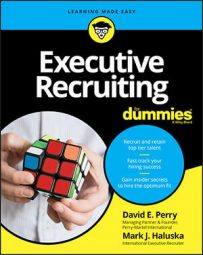- Companies with low engagement scores earn an operating income 32.7 percent lower than companies with more engaged employees.
- Companies with a highly engaged workforce experience a 19.2 percent growth in operating income over a 12-month period.
are engines of job creation around the world. Companies with highly engaged workforces outperform their peers by 147 percent in earnings per share so it should come as no surprise that the companies with the most engaged employees have excellent leadership.The point here is that hiring the right executives can reap tremendous benefits. And yet, all too often, it's the wrong executive who gets hired. No one knows this better than Kevin Kelly, CEO of one of the world's best-known executive search firms. Kelly's firm studied 20,000 executive searches and discovered, as he informed the Financial Times, that "Forty percent of executives hired at the senior level are pushed out, fail, or quit within 18 months." This, he says, is expensive in terms of both the costs associated with hiring the individual and lost revenue. It's also, says Kelly, "damaging to morale."
Others paint an even darker picture. For example, according to one study by the Corporate Executive Board, 50 percent to 70 percent of executives "fail within the first 18 months of promotion into an executive role, either from within or coming from outside the organization." Of those, the study revealed, "about 3 percent fail spectacularly, while 50 percent quietly struggle."
In a word, "Yikes!"

